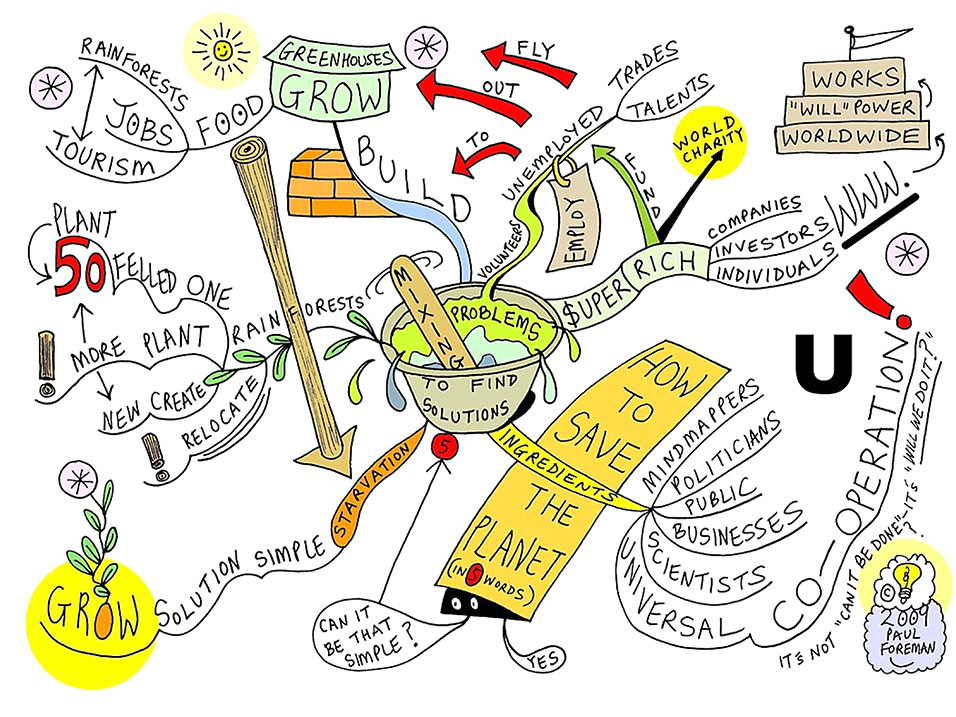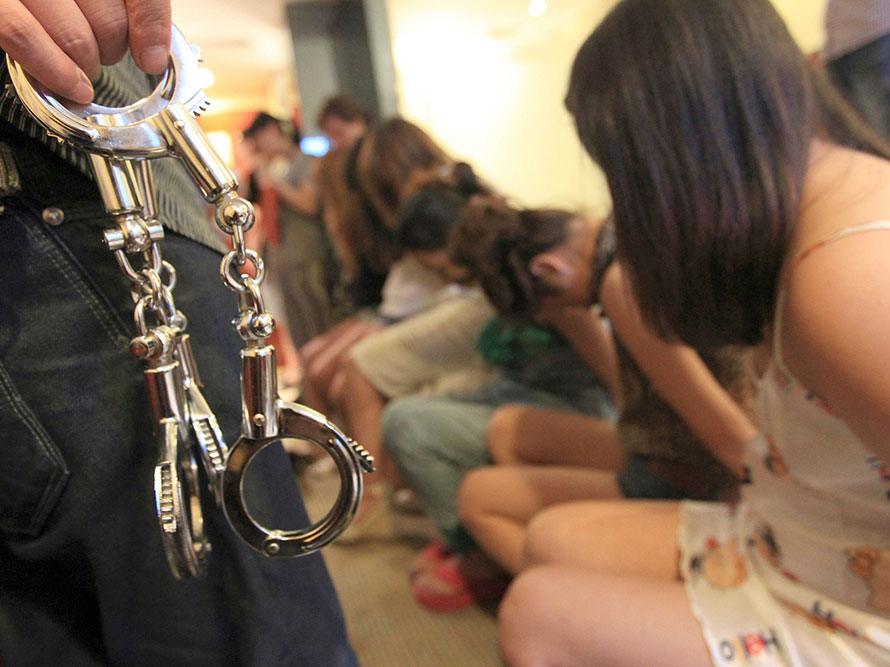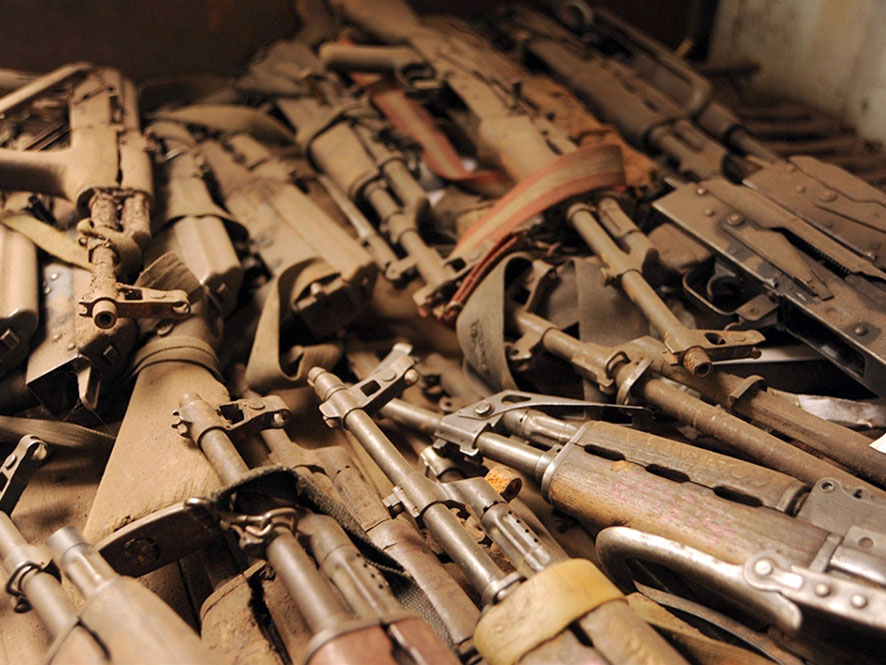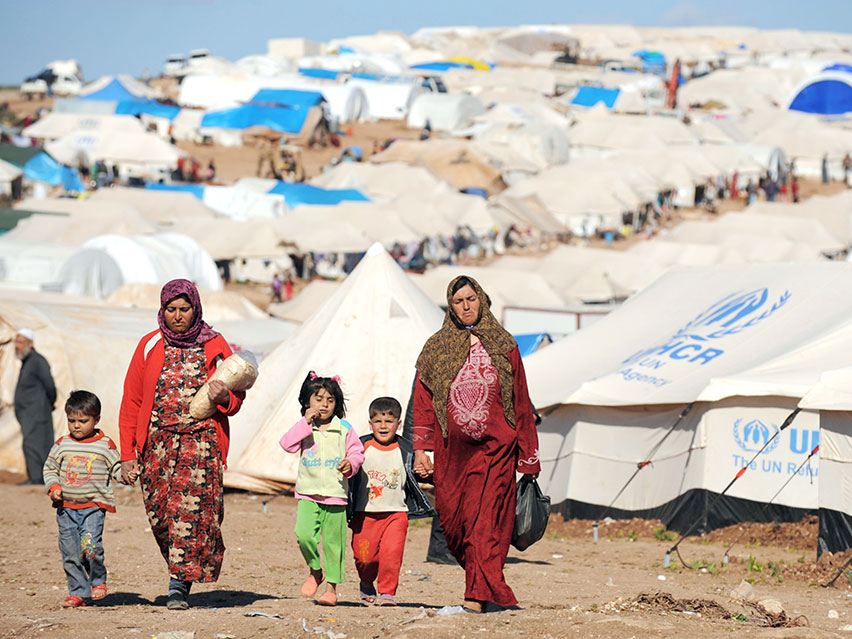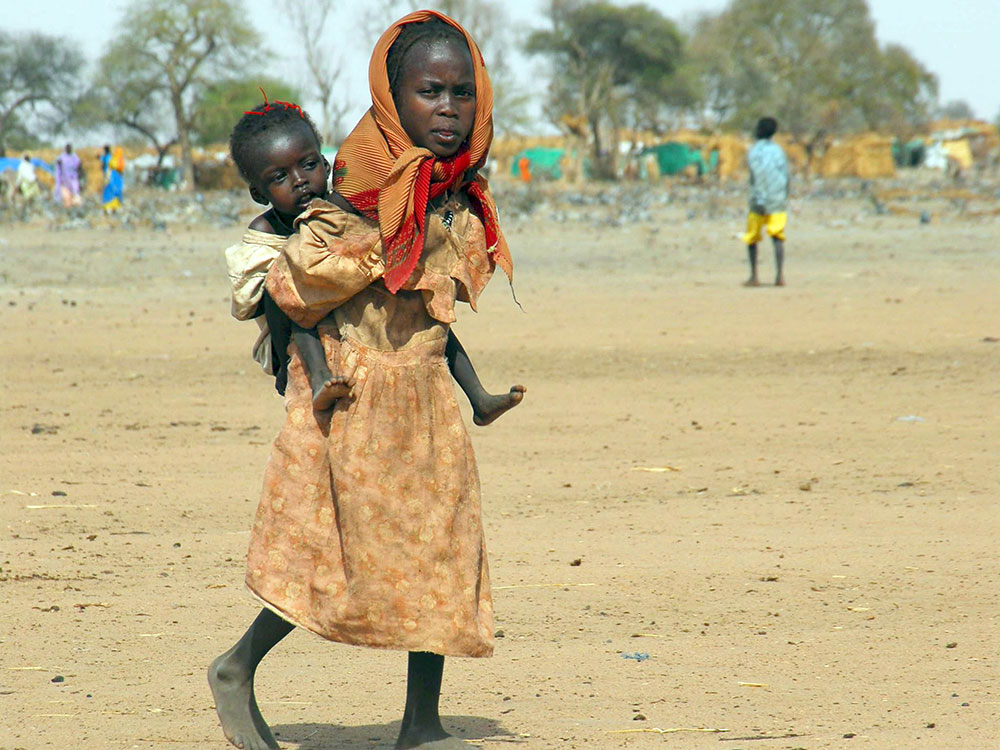Read a newspaper or watch the evening news, and the world always seems to be getting worse. One problem after another is put under a spotlight. The more death, destruction, and despair, the better. As one Danish journalism textbook puts it: “A good story is usually bad news.”
Only occasionally do we get uplifting, things-are-getting-better stories. When we do, they feel like a guilty pleasure. As a result, we often think that the world is in worse shape than it is – even if, we think, our own lives are improving.
Consider this: Since 1978, American consumers have been asked whether their current financial situation is better or worse than it was a year earlier. Over the past 25 years, an average of 38% have said they are doing better, while 32% have said they are doing worse. But, when asked the same question about the overall U.S. economy, an average of 47% have said it is doing worse, compared to 38% who think it is doing better. More people think their lives are improving, while others are doing worse, probably because of journalists’ persistent bias in favor of bad news.
The phenomenon is not limited to the United States. Since 1977, Gallup International has asked people around the world whether they believe their lives will be better next year than they were the year before. For 2014, almost 50% of those surveyed said that their lives will be better, with just 20% saying they will be worse off. Yet, asked for their opinion of how the world economy will fare, the score is almost even, with 32% believing that it will be better, and 30% that it will be worse.
So it is worth stepping back and recognizing that many indicators point to a world that is improving. New data from the World Bank show that the proportion of extremely poor people has more than halved over the last 30 years, from 42% of the global population in 1981 to 17% in 2010. While 1.2 billion people in the developing world still live on less than $1.25 per day – a problem that we certainly must address – the rate of extreme poverty has never been lower. Economists estimate that in 1820, more than 80% of all people were extremely poor.
Similarly, consider the amazing improvements in education. Illiteracy today still afflicts 20% of the world’s population, but that is down sharply from an estimated 70% in 1900. In the prosperous West, rapid increases in literacy were achieved early in the twentieth century. In developing countries, similarly large (and continuing) gains were made from 1970 to 2000, with China recording the biggest improvement.
The costs of poor education are substantial. For example, Pakistan and South Korea started with about the same level of education and income in 1950. Today, the average South Korean has 12 years of education, whereas the average Pakistani has fewer than six. South Korea’s per capita income grew twenty-threefold over this period, compared to Pakistan’s threefold growth.
Together with the Copenhagen Consensus, economists have attempted to assess the cost of illiteracy. We estimate that if there had been no illiteracy in 1900, the world would have been $240 billion richer (in inflation-adjusted terms), equivalent to about 12% of the global GDP at the time. So, the global illiteracy problem in 1900 can be said to have cost the world 12% of the GDP. Today, the cost of global illiteracy is down to 7% of the GDP. By 2050, when illiteracy will reach about 12%, the cost will have dwindled to just 3.8% of the GDP.
Likewise, war carries a high economic and human cost. But, while the images of it that we see are more immediate and vivid than ever, our perception of ubiquitous conflict is wrong. In the twentieth century, conflict killed 140 million people, including 78-90 million in the two world wars.
The good news, which is not often publicized (precisely because it is good), is that scenarios in which military spending is higher, the same, or lower in the future suggest that the high military costs of the twentieth century have been turned into what looks like a permanent peace dividend. World War I cost about 20% of the global GDP, and WWII cost almost twice as much.
When examining the cost of conflict, the Copenhagen Consensus economists estimate the actual costs of global military expenditure. If one also takes into account the lives lost in battle, the estimates increase by about 50%.
According to these estimates, annual military costs in the twentieth century averaged about 5% of the GDP. Yet, since the Korean War peak of 7%, global costs have declined steadily, reaching 3.5% in 1980 and about 1.7% today. Even a pessimistic outlook suggests an increase only to about 1.8% by 2050; under a more optimistic scenario, military costs could decline further, to 1.6% of the GDP.
There are still plenty of problems in the world, as the news media points out every day. And we do need to focus on eliminating poverty, stamping out illiteracy, and promoting peace. But we also need to remember that the world is a better place overall than we think.
* Bjorn Lomborg is the editor of “How Much Have Global Problems Cost the World?” A Scorecard from 1900 to 2050. Copyright: Project Syndicate, 2014. www.project-syndicate.org

